Neighbours at the back of our block have a huge plant climbing the fence to a van company next door and in summer, whenever I leave the building, there is this scented cloud drifting towards my nostrils. Whenever I get a whiff of it, I lose every restrain and start sniffing like a dog on a fox's trail - whether I'm in "polite conversation" (at which I am useless anyway, I'm afraid) or else. It took all my will power just to stop myself from running out for no better reason than to smell it again. So why then didn't I buy my own plant any earlier? Lack of space, of course.
The Parthenocissus has happily sized its chance since and romps unhampered by competitors over everything on one side of the garden. On the opposite side I now have trained half my rose to the fence. Then there was the decision of what plant to grow up the third panel: sunny for half a day and in summer only. I badly wanted a Trachelospermum. But would it be happy in this spot? My book says it needs sun. At least, in order to flower really well. Yet it is evergreen, with shiny, somewhat leathery, dark green oval leaves: It would look good and hide the ugly fence even if it didn't flower as well as I hoped.
In the end, it was pity and loyalty that made me decide in favour of Passiflora caerulea. Certainly not a very good choice for my plot. The London clay in the bed had been improved with leaf mould and years of dumping spent multipurpose compost from pots there, so I don't worry too much on that front. Yet Passiflora caerulea too needs much sun and is a vigorous climber. Unlike Trachelospermum though, it is not evergreen but on the contrary late to emerge and get into leaf - not before May or even June here - and, left untended, has an untidy growth at that, much like the true jasmine. Not what you'd want if you intend to hide something all year round.
But this plant was one of those I had promised "release" for years. In fact, it had come with me from Germany nine yeas ago where originally I had bought it as a houseplant. They are sold as houseplants there, the shoots tied round and round a wire wreath, condemned like a hamster in a wheel. All its life it had spent in a pot and for the past few years had tried its best to withstand the onslaught of the Parthenocissus mauling it in its corner. An unfair battle, as the Passiflora's resources were so limited. I loved its spectacular flowers and the occasional bright orange fruit in autumn and wanted to see it reach its potential. So in it went in the prized - since rare - spot of ground last October. I'm sorry to say I'm still waiting for it to show potential - but freedom can be hard to suffer, I guess. So give it time...
Back to the Trachelospermum though. No, space in my garden obviously didn't increase. But this summer the fragrant clouds proved just too tempting. Moreover, I had come to the conclusion that a) this climber didn't need full sun to flower after all - proved by some specimens that had teased my nose in the semi-shade of a pub garden - and b) I found you could tame the monster. In a front garden in Kew I had seen a panel of green and white up the house wall that on closer inspection turned out to be Trachelospermum: regularly tied to a trellis and rigorously clipped, like a vertical formal hedge.
So if for some reason the Passiflora in my garden proves ungrateful or overwhelmed by its new found freedom, I can entertain the hope of training that evergreen monster Trachelospermum into a dense green veneer for the fence. But where do I put it if this "opportunity" does not become available? At the moment, I frankly don't care: Columbia Road Market sold strong plants, a metre high and bedecked with flowers, for £ 10. Every time I enter the garden now I'm enveloped by its intoxicating fragrance and feel like a child with an ice lolly.
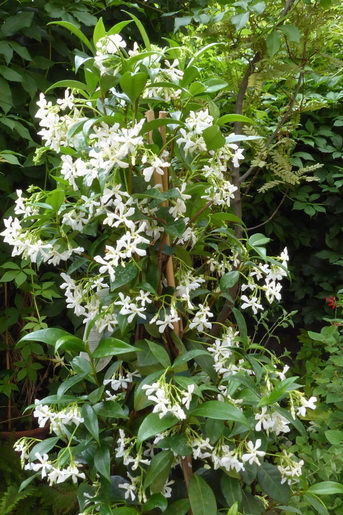
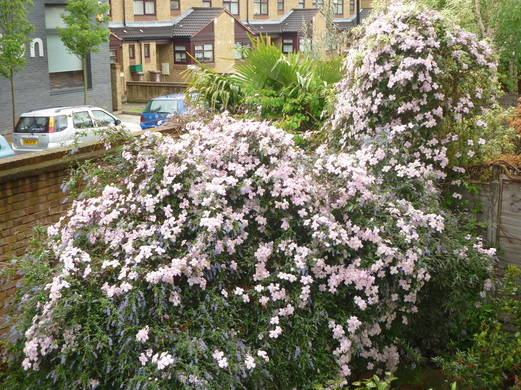
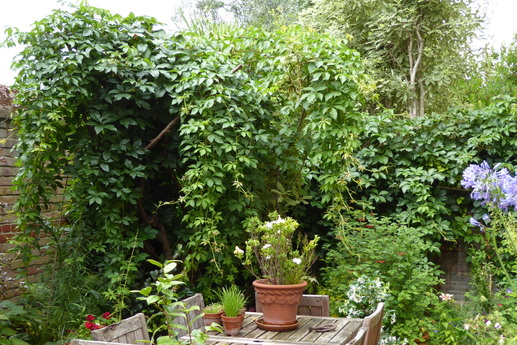
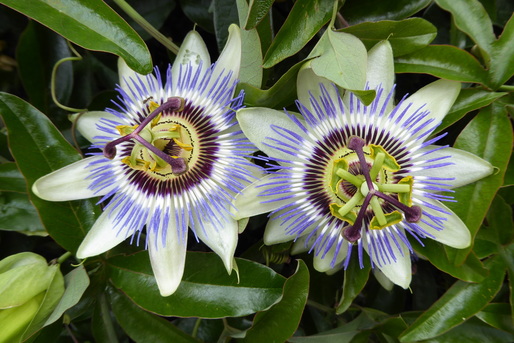
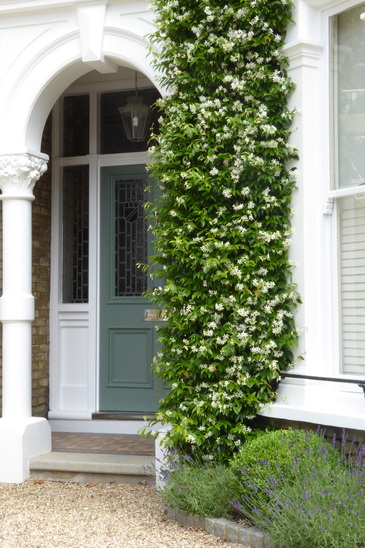
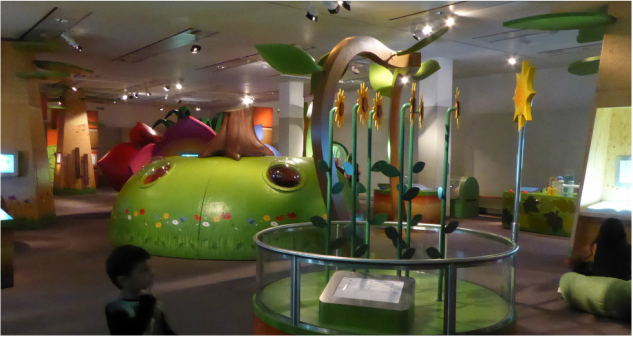
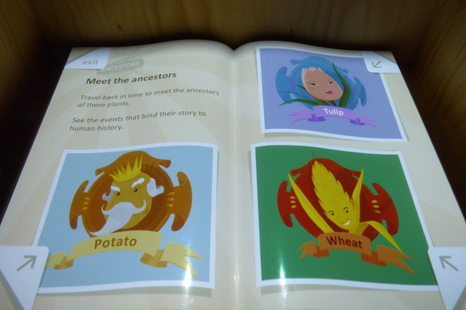

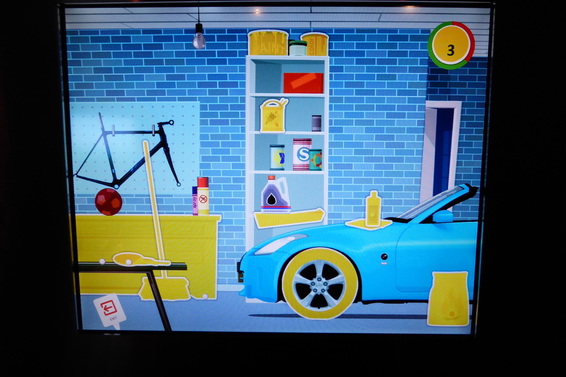
 RSS Feed
RSS Feed